Abaddon is a word that appears in the Bible and other ancient Jewish and Christian texts. It has various meanings and interpretations, but it generally refers to something related to destruction, death, and the underworld.
In this article, we will explore how the concept of Abaddon changed from being merely a place in the netherworld to a demonic force. We will also examine the sources and influences that shaped this development and its implications for understanding the religious and cultural history of Abaddon.
Table of Contents[Hide][Show]
Abaddon as a Place of Destruction
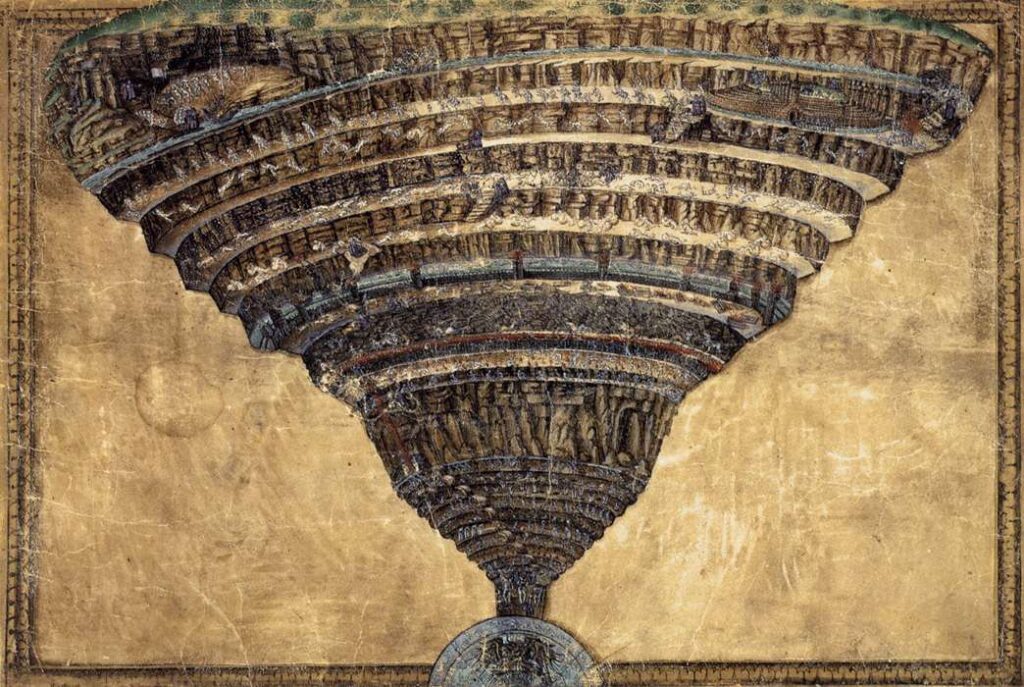
Abaddon is a Hebrew word that means ‘place of destruction’. It appears in the Bible and other ancient Jewish and Christian texts as a term for the underworld, where the wicked are punished or the dead are forgotten. However, in the New Testament, Abaddon is also used as a proper name for a demonic entity. In this section, we will explore how Abaddon is portrayed as a place of destruction in various sources.
Abaddon in the Hebrew Bible
The word Abaddon is derived from the root ‘bd, which is common in Semitic languages and means ‘to destroy’. The noun has the meaning ‘place of destruction’, which fits most occurrences in the Hebrew Bible. Only in the New Testament is Revelation 9:11 construed as a proper name.
In the Hebrew Bible, Abaddon occurs six times in Wisdom literature, mostly meaning ‘place of destruction’. Thus, in Proverbs 15:11; 27:20 and Job 26:6 we find it in parallelism with Sheol (‘underworld’):
“Sheol and Abaddon lie open before the Lord, How much more the hearts of men!”
– Proverbs 15:11 (NASB)
Similarly, in Psalm 88:12 Abaddon occurs in parallelism with qeber (‘grave’):
“Will Your lovingkindness be declared in the grave, Your faithfulness in Abaddon?”
– Psalm 88:11 (NASB)
When Abaddon occurs without a parallel noun, it refers to a specific location. For example, in Job 31:12, Abaddon is the place where the fire of lust consumes the wicked.
“For it would be fire that consumes to Abaddon, And would uproot all my increase.”
-Job 31:12 (NASB)
This use is similar to how modern speakers use the word “hell” to describe a place of torment and punishment.
Abaddon in the Dead Sea Scrolls
Abaddon is mentioned as a place in several of the Dead Sea Scrolls. These are ancient manuscripts that contain some of the oldest copies of biblical and other religious texts. They were discovered near the Dead Sea in Israel between 1947 and 1956.
In some of these texts, Abaddon is used as a synonym for Sheol or hell. For example, in the Thanksgiving Hymns, we find phrases such as “[Hell and Abaddon] shall open” (Hymn 9), “from the hell of Abaddon” (Hymn 10), and “the torrents of Belial shall break into Abaddon” (Hymn 10). Belial is another name for Satan or evil.
In other texts, Abaddon is used as a name for a specific part of the underworld. For example, in the Apocryphal Psalms (11Q11), we find the expression “by the curse of Abaddon (the bottom of hell)” (IV). In The Words of the Heavenly Lights (4Q504), we find the phrase “the great [Abyss] and Abaddon”. The Abyss is another term for the bottomless pit or chaos.
Abaddon in Early Jewish Writings
Abaddon is also mentioned as a place in some early Jewish writings that are not part of the biblical canon. These are texts that were written by Jewish authors between the third century BC and the first century AD. They reflect various beliefs and traditions that were not accepted by all Jews.
In some of these writings, Abaddon is used as one of the names of Gehenna or hell. Gehenna is a term that comes from Ge Hinnom, which was a valley near Jerusalem where human sacrifices were performed by some ancient Israelites. It became a symbol of God’s judgment and wrath.
For example, in the Babylonian Talmud (Er 19a), it is given as the second of the seven names of Gehenna (Sheol, Abadon, Baar Shachath, Bor Sheon, Tit Hayavon, Tzalmoveth, and Eretz Hathachthith). The Talmud is a collection of rabbinic discussions and interpretations of Jewish law and scripture.
In another example, in the Biblical Antiquities of Philo (also called Pseudo-Philo because it probably was not written by Philo), we find a passage that describes God’s resurrection of the dead at the end of time:
When the years of the world (or age) are fulfilled, God will quicken the dead, and raise up from the earth them that sleep: Sheol will restore its debt, and Abaddon its deposit, and every man will be rewarded according to his works.
– Biblical Antiquities of Philo Book 8: III. 10.
The term Abaddon denotes a place where the wicked are punished or where the dead are forgotten. It is associated with darkness, chaos, and decay. It is also a place that is inaccessible to humans and hidden from God’s sight.
Abaddon as a Personified Being
Abaddon is not only a place of destruction, but also a living being who can talk and listen. In some texts, Abaddon is portrayed as an angel of death and the netherworld. In other texts, Abaddon is associated with the Greek god of plague and prophecy. In this section, we will explore how Abaddon is portrayed as a personified being in various sources.
Abaddon in Job
The first hint of Abaddon as a separate entity is found in Job 28:22, where Abaddon is portrayed as a living being who can talk and listen, just like mawet (death):
“Abaddon and Death say, ‘With our ears we have heard a report of it.'”
– Job 28:22 (NASB)
This verse suggests that Abaddon and Death are aware of the hidden wisdom that God possesses. They are also distinct from Sheol, the underworld, which is mentioned in the previous verse.
Abaddon in Revelation
In contrast to Job, Revelation gives Abaddon a clear identity and role as the king of the abyss or bottomless pit who commands an army of locusts. According to Revelation 9:1-11, after the fifth angel sounds his trumpet, a star falls from heaven and opens the bottomless pit. A storm of smoke arises and from the smoke, a plague of locusts emerges to torment, but not kill, men who lack the seal of God on their foreheads for five months.
They have as king over them, the angel of the abyss; his name in Hebrew is Abaddon, and in the Greek he has the name Apollyon.
– Rev 9:11 (NASB)
Abaddon is thus the name of the angel of the abyss in Hebrew, while Apollyon is the name of the same angel in Greek. Both names mean “the Destroyer”. Some later Christian theologians interpreted Abaddon as Satan or his agent, while others regarded him as an instrument of God’s wrath.
Abaddon and Apollo
While Apollyon is not used as a name in Greek writing, there may still be some connection with the Greek god Apollo. Apollo was known as a god of prophecy, law, and purification, but also as a god who could set plagues upon men and cure them.
For example, at the beginning of the Iliad, after Agamemnon captures Chryseis, her father Chryses tries to make a deal with the Greeks for her safe return. They refuse, so Chryses calls upon Apollo to intervene. Apollo does, causing a nine-day deadly plague to infect the Achaean army and cattle. Perhaps this tradition is where the parallels with Abaddon, “the destroyer,” originate.
Abaddon in Magickal Practices
In later traditions, Abaddon is invoked or manipulated in various magical practices and rituals. Some of these practices and rituals aim to harness Abaddon’s power for different purposes, such as causing or curing plagues, summoning or banishing demons, or revealing or concealing secrets.
Abaddon in The Magus
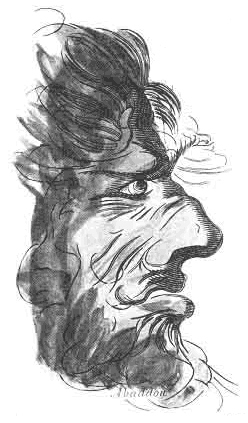
The Magus is a book of occult knowledge by Francis Barrett, published in 1801. It covers various topics, such as astrology, alchemy, numerology, kabbalah, and natural magic. It also contains many lists of names and symbols of angels, demons, planets, elements, metals, etc.
One of these lists is about the furies, who are powers of evil, discords, war, and devastation. They are related to the seven lower spheres of the kabbalistic tree of life, which are also called the seven heavens or the seven palaces. Each fury has a name that corresponds to a Hebrew word or a biblical character. For example, the first fury is called Satan, which means “adversary”, and the second fury is called Abimelech, which means “father of the king”.
The seventh and last fury is called Abaddon, which means “destroying and wasting”. Barrett writes:
The seventh mansion the furies possess, who are powers of evil, discords, war, and devastation; whose name in the Revelation is called in Greek, Apollyon; in the Hebrew, Abaddon, that is, destroying and wasting.
– The Magus, Chap VII.
Barrett does not explain the origin or the purpose of using Abaddon as a name for the seventh fury. He may have taken this idea from other sources, such as the Zohar or the Sefer Yetzirah, which are kabbalistic texts that he cites frequently. He may have also used Abaddon as a name for invoking or controlling the effects of the furies or their sphere.
Abaddon in The Key of Solomon
The Key of Solomon is a medieval grimoire attributed to King Solomon. It is actually a collection of texts that vary in content, language, and date. Some of the texts date back to the 13th century or earlier, while others are from the 17th century or later. They contain information and instructions on various topics, such as conjuring and commanding spirits, making talismans and pentacles, performing divination and enchantments, etc. They also include several prayers and invocations that use various names and symbols of God.
In one version of the Key of Solomon, which is a Latin manuscript dated to ca. 1600, Abaddon is used as one of the names of God in an invocation for protection and success in magical operations. This invocation uses many other names of God from different sources, such as the Bible, the Kabbalah, and the Zohar.
and by the Name ABADDON which Moses invoked and sprinkled the dust towards heaven, and immediately there fell so great rain upon the men, cattle, and flocks, that they all died.
– The Key of Solomon
Abaddon is thus used as a name for invoking or manipulating God’s power to cause or prevent destruction by rain. It is also used as proof of God’s authority over all things. However, this invocation does not mention the Exodus or the Egyptians, and it may be based on a misinterpretation of Exodus 9:8-10, where Moses causes boils on people and animals, not rain.
Conclusion
This article has explored how Abaddon has changed over time and across different cultures. It shows how Abaddon was first a place in the underworld where things were destroyed, and then became a being who caused destruction in the world. It also shows how people used different sources, such as the Bible, Jewish writings, Greek myths, and magic, to understand and deal with death, evil, and the end times. By studying Abaddon, we can learn how one word can have many meanings and interpretations depending on the time and context.
References
- “Apocalypse of Elijah.” The Old Testament Pseudepigrapha, edited by James H. Charlesworth, vol. 1, Hendrickson Publishers, 2010, pp. 721-752.
- Barrett, Francis. “Chapter VII: Of the Order of Evil Spirits, and Their Fall, and Different Natures.” The Magus. London, 1801, pp. 66-74.
- Becking, Bob, Pieter W. Van Der. Horst, and Karel Van Der. Toorn. “Abaddon.” Dictionary of Deities and Demons in the Bible: Second Extensively Revised Edition. 2nd ed. Leiden: Brill, 1999.
- “Chapter II: Regulations Concerning the Use of a Well and a Garden on the Sabbath.” Babylonian Talmud, Book 2: Tracts Erubin, Shekalim, Rosh Hashana. Translated by Michael L. Rodkinson. 1918.
- Homer. The Iliad. Translated by Samuel Butler, revised edition, The Internet Classics Archive, 1994.
- Jamieson, Robert et al. A Commentary, Critical and Explanatory, on the Old and New Testaments. Vol. 2: The New Testament, S.S. Scranton & Co., 1878. Internet Archive.
- Mathers, S.L. Macgreggor. The Key of Solomon The King. Translated by S.L. MacGregor Mathers, revised edition, Sacred Texts, 1888. Book I, Chapter VI.
- Milton, John. Paradise Regained. The Complete Poetry and Essential Prose of John Milton, edited by William Kerrigan et al., Random House Publishing Group, 2009. Book 4, lines 1-638.
- The Bible. New American Standard Bible (NASB), The Lockman Foundation, 1995. Bible Gateway.
- The Biblical Antiquities of Philo. Translated by M.R. James, 1917. “Book 8: III. 10.” pp. 123-25.
- Vermes, Geza. The Complete Dead Sea Scrolls in English: Seventh Edition. United Kingdom, Penguin Publishing Group, 2012.

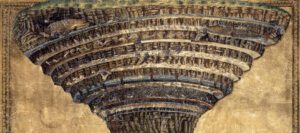
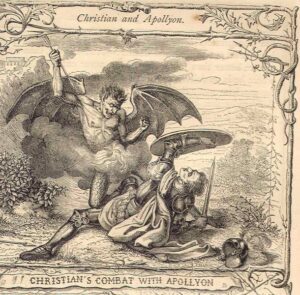
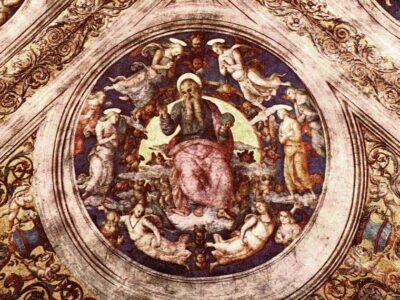
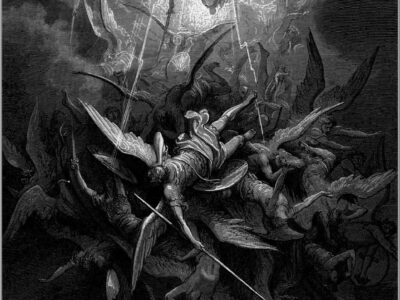
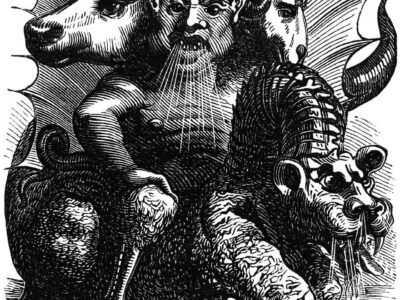
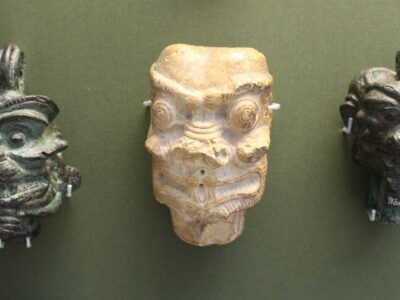
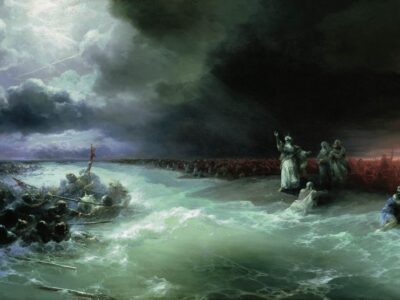
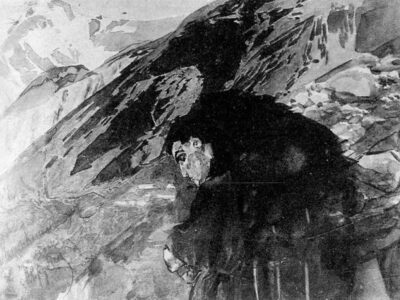
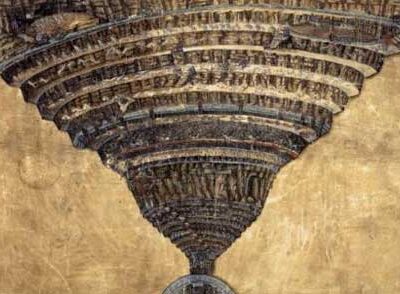
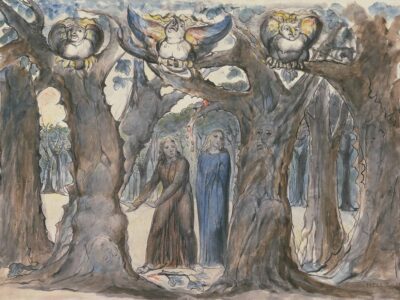
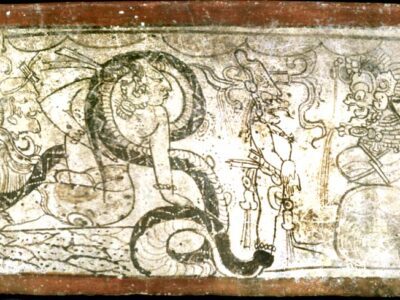
 Harpies: The Snatchers of Greek Mythology
Harpies: The Snatchers of Greek Mythology